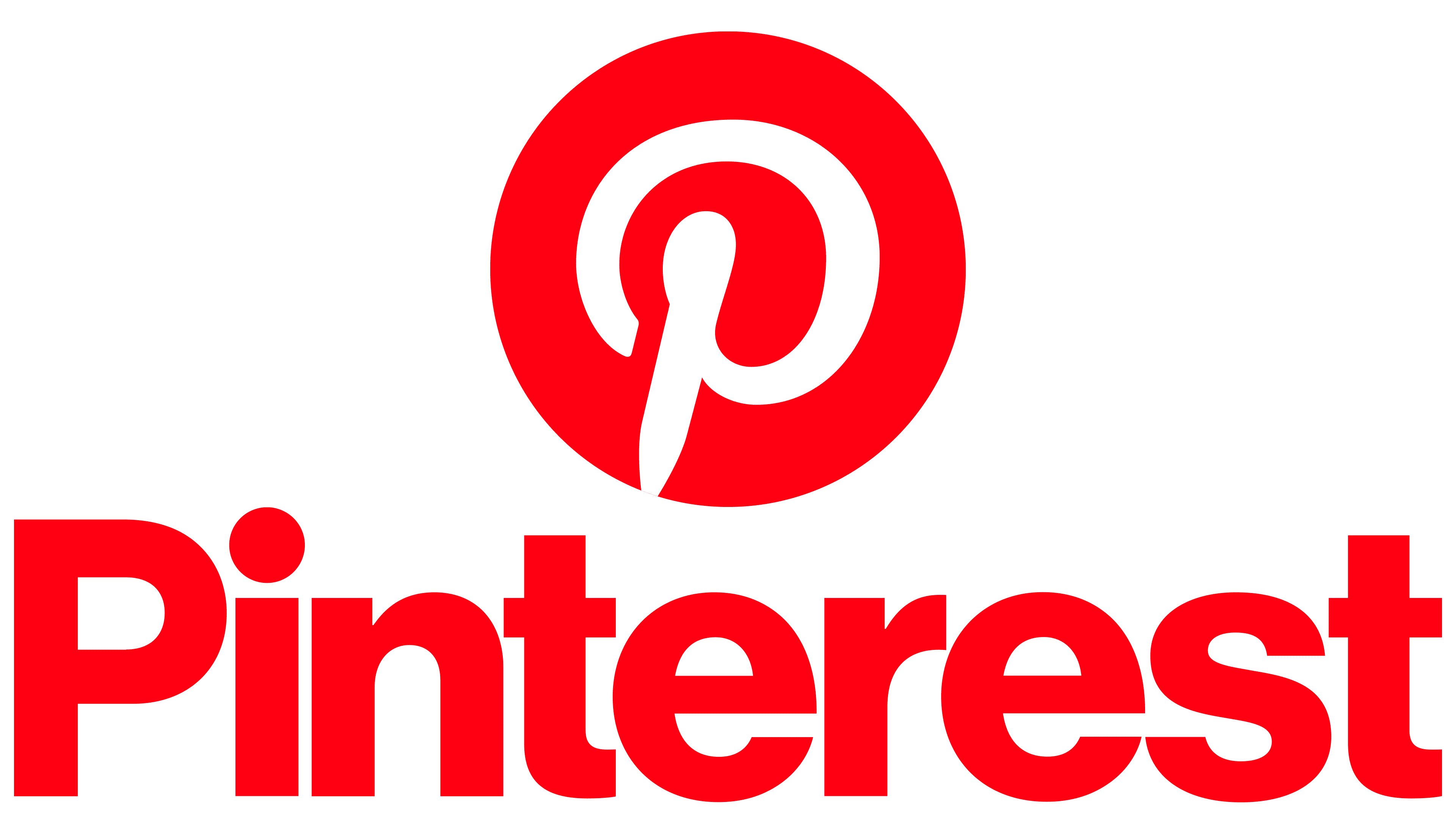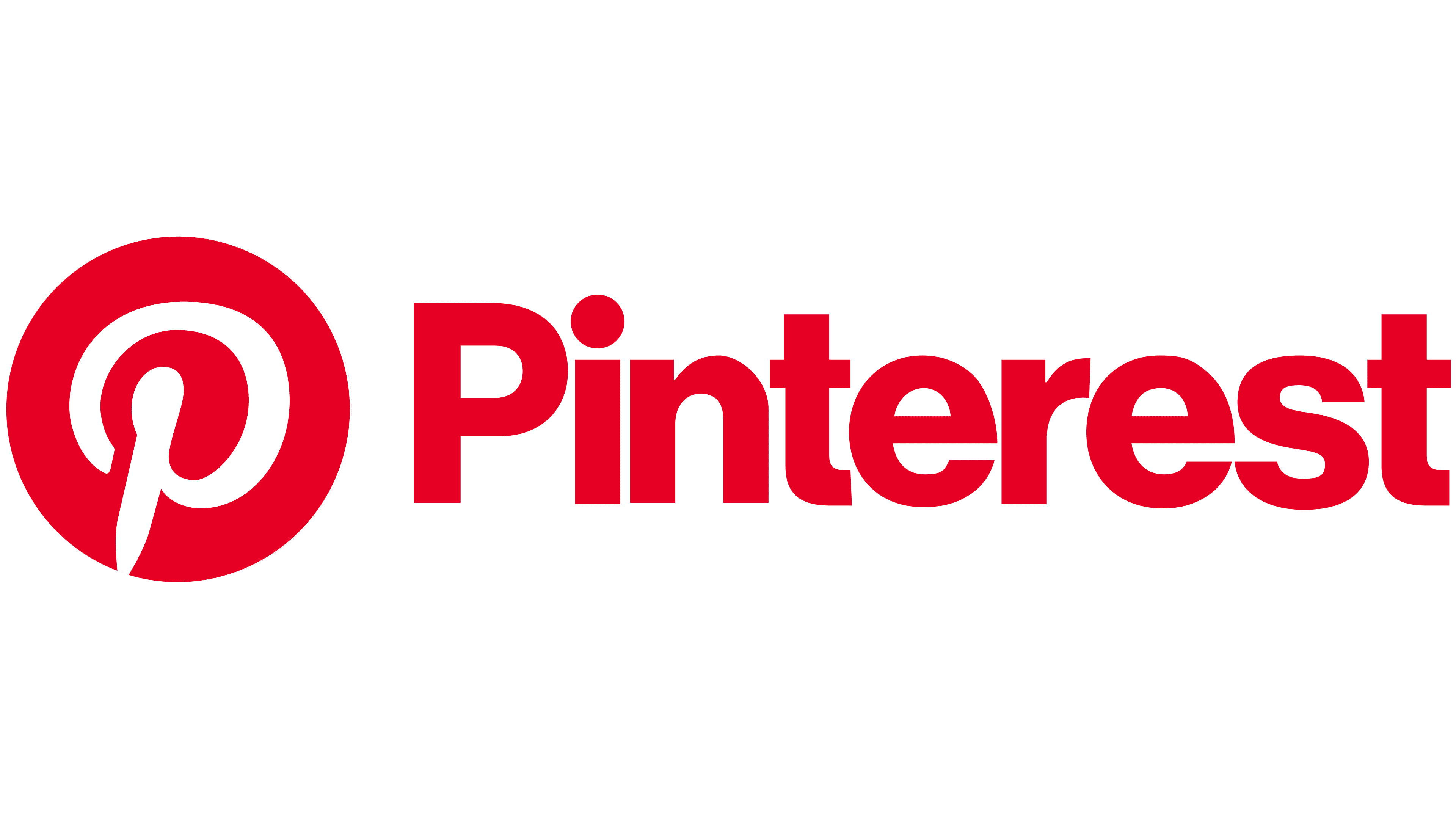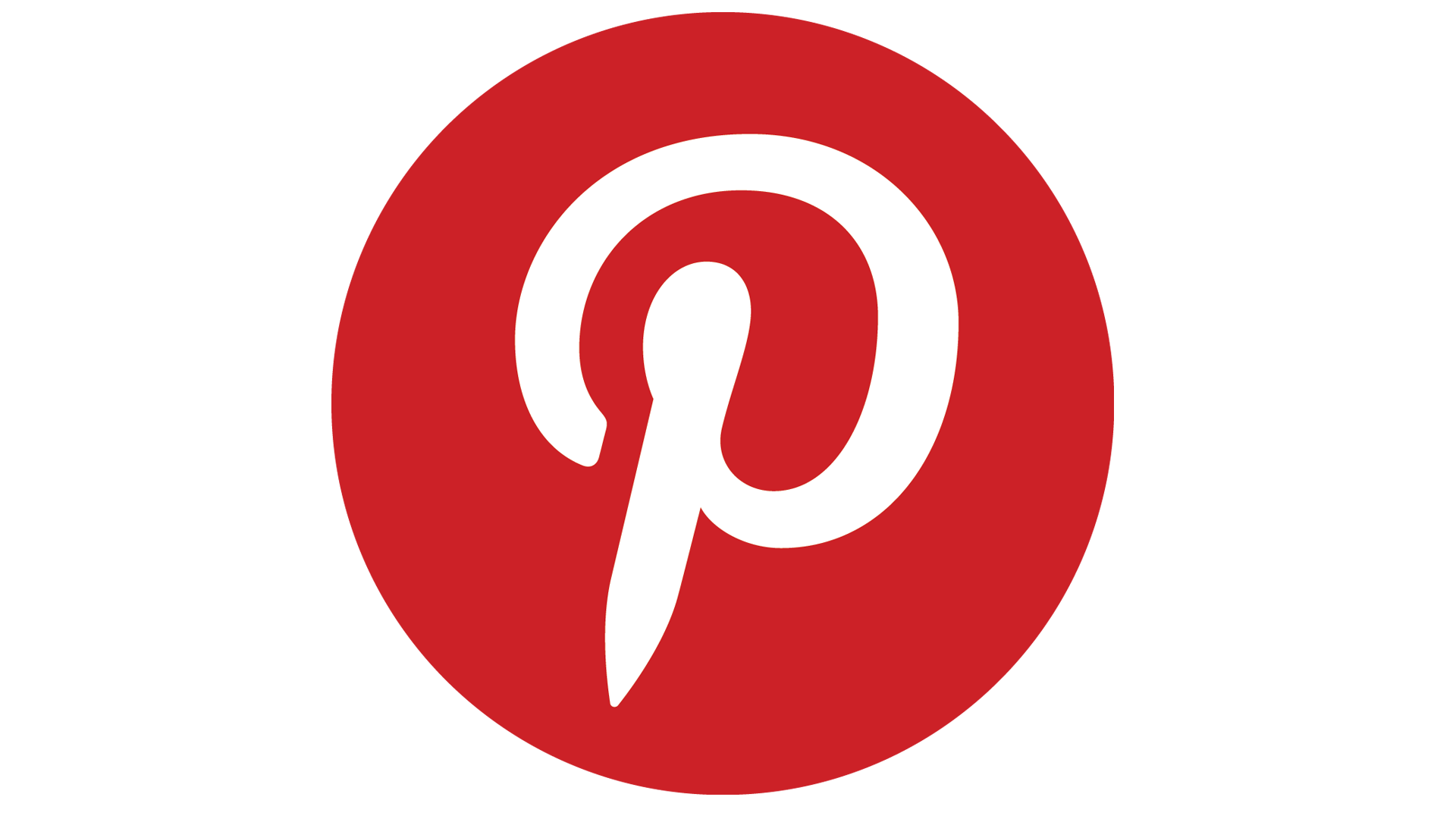Pintrest Orc Nasty - Unexpected Digital Finds
Ever wonder what kind of truly surprising stuff you might stumble upon when you're just looking for dinner ideas or ways to spruce up your home? It's almost like you go to a place known for pretty pictures and then, well, something entirely different pops up. That's a bit what it feels like when you hear something like "pintrest orc nasty" mentioned in the same breath as, say, a new cookie recipe. It makes you think, doesn't it? This platform, which many of us use for gathering bits of inspiration, for finding things to make, or for collecting ideas for our living spaces, really is a vast ocean of creative expression, too it's almost.
This digital space, where countless individuals go to discover recipes that make their day a little more special, or to find suggestions for how to make their living areas feel more inviting, is a place of truly endless possibilities. You can, for instance, get tips on fashion, or perhaps find simple cooking instructions for your next meal. It's a spot where you can save what you like, putting together collections of things that catch your eye, so you can revisit them later. You might collect your favorite items, for instance, so you can easily find them again.
But what happens when the content takes a turn you might not expect? When the usual flow of home decor ideas or party planning tips suddenly presents something a little less conventional, something perhaps a bit more... "nasty" in a surprising way, even if it's about a fantasy creature? It makes you think about the sheer breadth of what people choose to share and what others might be looking for, too it's almost. This kind of discovery, that, is that, really shifts how we think about what these platforms hold, you know.
Table of Contents
- Unexpected Digital Finds
- How Does Pintrest Handle the Unconventional?
- What Makes an Orc "Nasty" on Pintrest?
- The Creative Side of Pintrest Orc Nasty
- Finding Your Niche on Pintrest
- Is That Pintrest Content Always What You Expect?
- The Role of Algorithms in Pintrest Orc Discovery
- Exploring the Pintrest Orc Community
Unexpected Digital Finds
When we talk about platforms like Pinterest, our minds typically go to images of beautifully arranged dishes, living spaces that look like they belong in a magazine, or perhaps collections of clothing ideas for the changing seasons. It's a space that seems to be all about making your day a bit brighter, giving you things to try, and generally offering inspiration for a more put-together way of living. People use it to save things they like, to create visual collections, and to put together collages of all their sources of ideas. This is, you know, the common view.
However, the sheer volume of material that people contribute means that you can, in fact, find almost anything. The platform is, in some respects, a reflection of everyone's diverse interests. So, while one person might be looking for a simple recipe to make for dinner, another might be searching for something quite different, perhaps even something that falls under the rather specific heading of "pintrest orc nasty." This might seem like a bit of a jump, but it really highlights how varied the content can get, you know, when you really look at it.
The core idea behind this platform is to give people a spot to collect their favorite things, to organize them into visual groups, and to discover new ideas. It's a place where billions of different thoughts and images come together, from fashion advice to easy-to-follow cooking instructions. It's about letting you find what you want to try next, giving you a chance to explore. But this openness, this wide scope, also means that the unexpected can, and often does, make an appearance, which is, honestly, a bit of a surprise sometimes.
Think about it this way: if a platform is designed to let people save anything that inspires them, then "inspiration" itself becomes a very broad term. What one person finds inspiring for a home project, another might find inspiring for a piece of fantasy artwork, or even for a story they are writing. This broadness is precisely what allows for the coexistence of, say, a board dedicated to minimalist kitchen designs right alongside one that might feature something like "pintrest orc nasty" creations. It's just the nature of a place built on user contributions, you know.
How Does Pintrest Handle the Unconventional?
A question that might come to mind is how a platform that is so often associated with conventional beauty and everyday life manages content that is, shall we say, a little out of the ordinary. Does it have a specific way of dealing with things that don't quite fit the usual mold? The truth is, the platform's structure is quite adaptable. It lets users create their own spaces, their own collections, which means that as long as content follows basic community guidelines, it generally finds a place, more or less.
The way the system works, people are able to save individual items, which are called "pins," onto their own personal collections, or "boards." These boards can be about anything a person chooses. So, if someone has a particular interest in fantasy creatures, or in a specific type of visual storytelling, they can simply create a board dedicated to that. There are no restrictions on the topic of a board, provided it stays within the general rules of what is allowed on the site. This flexibility, you know, is key.
This means that whether you are looking for ways to organize your closet or pictures of mythical beasts, the underlying process of saving and organizing remains the same. The platform itself doesn't judge the content's subject matter beyond ensuring it meets basic standards for appropriateness. It's a tool for collecting and sharing, and the nature of what gets collected is really up to the individual people using it. That, is that, a pretty open approach, you might say.
So, when something like "pintrest orc nasty" pops up, it's not necessarily because the platform is actively promoting it in the same way it might promote a new recipe trend. Instead, it's because individual users have found that content, or created it themselves, and decided to save it or share it. It's a reflection of the diverse interests of the people who use the platform, and the system's ability to accommodate a very wide range of those interests. It's actually quite simple, when you think about it.
What Makes an Orc "Nasty" on Pintrest?
When we hear a phrase like "pintrest orc nasty," it makes us wonder what exactly the "nasty" part refers to. Is it about the way the orc is drawn? Is it about the specific actions depicted? Or is it simply that the idea of an "orc" on a platform known for home decor is, in itself, a bit surprising, perhaps even a little jarring? It's a term that can have many different interpretations, depending on who is using it and what they are looking at, you know.
For some, the "nasty" might refer to a particular art style that is rougher, less polished, or perhaps more gritty than the typical, often idealized, images found on the platform. It could be about a depiction that is meant to be unsettling or visually challenging. In the world of fantasy art, there are many ways to show creatures like orcs, and some artists might choose to emphasize their more monstrous or unrefined qualities. This could be what people mean, arguably.
For others, the "nasty" could simply be about the unexpected nature of finding such content. Imagine you are scrolling through ideas for a garden, and then suddenly, there's a detailed drawing of an orc. The surprise, the sudden shift in what you are seeing, could be what makes it "nasty" in that context – not necessarily because the content itself is bad, but because it's so far from what you anticipated. It's a bit of a jolt, you know, in a way.
It's also worth considering that the term "nasty" could be used with a bit of humor, or even affection, by people who are deeply involved in fantasy communities. What one person considers "nasty" in a negative sense, another might see as a sign of authenticity or a particular artistic vision that they appreciate. It's very much about perspective, and what you are used to seeing. So, it's not always a straightforward thing, actually, to define what that word means in this situation.
The Creative Side of Pintrest Orc Nasty
Despite the potentially surprising nature of the phrase, there is a clear creative aspect to anything like "pintrest orc nasty" that might appear on the platform. People use this space to gather visual references for all sorts of projects, and that includes creative endeavors that involve fantasy worlds and their inhabitants. So, you might find people collecting images for character design, for building a fictional world, or for creating costumes for role-playing games, you know.
Artists, writers, and people who enjoy crafting often turn to visual platforms to find inspiration for their work. If someone is designing a new character for a story or a game, they might look for different ways to depict an orc, including those that might be considered "nasty" in their appearance or demeanor. These images serve as a kind of visual library, helping them to flesh out their own creative visions. It's a very practical use of the platform, really.
Moreover, the act of saving and organizing these images into boards is a creative act in itself. A person might curate a collection of "nasty orc" images that tells a story, or that explores a particular artistic style. They are, in a way, creating their own visual narrative through the pins they choose to save. This kind of curation is a significant part of how people use the platform, as a matter of fact, it's almost like building your own digital museum.
So, while the phrase might sound a little unusual at first, it points to a very real and active part of the creative community that uses platforms like this. It shows that inspiration comes in many forms, and that people are always looking for visual material to help them bring their own ideas to life, no matter how specific or unconventional those ideas might be. It's a testament to the diverse ways people use these tools, you know, for their own unique purposes.
Finding Your Niche on Pintrest
One of the most interesting things about a platform that holds billions of ideas is how people manage to find their very specific interests within that vast collection. It's like a huge library where you can somehow always locate the exact book you're looking for, even if it's about a very obscure topic. This ability to find and connect with very particular kinds of content is what makes it so useful for so many different people, you know, in some respects.
Even if your interest is something as particular as "pintrest orc nasty" artwork, the platform's search capabilities and its way of suggesting related content mean that you can, indeed, find others who share that interest. You might start with a general search for "fantasy art," and then, as you save pins that appeal to you, the system begins to learn what you like and offers more of that specific kind of material. It's a pretty smart system, actually, in a way.
This process of discovery allows individuals to carve out their own small corners of the platform, creating boards that are highly specialized and personal. These niches, no matter how specific, become places where people can explore their passions without feeling like they need to conform to more general interests. It's about personal exploration and collecting things that genuinely resonate with you, which is, honestly, a big part of why people use it.
So, whether you are looking for ideas for a new baking project or for a particular type of fantasy creature, the underlying mechanism of finding your niche remains the same. It's about using the tools available to sift through the immense amount of content and pull out exactly what speaks to your individual tastes and needs. This is, you know, a very powerful aspect of these kinds of platforms, allowing for truly personalized experiences.
Is That Pintrest Content Always What You Expect?
Given the sheer volume of material available on a platform like this, it's fair to ask if what you see is always what you expect. The answer, quite simply, is often no. The beauty, and sometimes the surprise, of using such a broad collection of user-generated content is that you never quite know what you'll encounter next. One moment you might be looking at beautifully plated meals, and the next, something entirely different might appear, perhaps even a "pintrest orc nasty" image, you know.
This element of unexpected discovery is actually a part of the appeal for many users. While some people go to the platform with a very specific goal in mind, others enjoy simply browsing, letting the content lead them down new and interesting paths. It's like taking a stroll through a very large, diverse market where you might stumble upon something truly unique and unanticipated. That, is that, a pretty common experience, actually.
The system is set up to show you things that are related to what you've looked at before, but it also tries to introduce you to new ideas that it thinks you might like. This means that even if you primarily use the platform for, say, home renovation ideas, you might occasionally see content that branches out into areas you hadn't considered, simply because the system sees a connection, however slight. It's a subtle way the platform encourages broader exploration, in a way.
So, the presence of something like "pintrest orc nasty" content really highlights this aspect of unexpected finds. It reminds us that these platforms are not just curated showcases of the most popular or conventional ideas, but rather expansive collections that reflect the full spectrum of human interests and creative expression. It's a place where you can be surprised, which is, honestly, a pretty neat thing about it.
The Role of Algorithms in Pintrest Orc Discovery
How does a platform, which is so often used for collecting recipes and home ideas, end up showing you something like "pintrest orc nasty" content? A big part of the answer lies in the way the underlying systems, often called algorithms, work. These systems are designed to learn about your preferences based on what you view, save, and interact with. They are, in a way, trying to guess what you might like to see next, you know, more or less.
When you spend time looking at fantasy art, or perhaps saving pins related to character design or mythical creatures, the system takes note of that. It then starts to show you more content that is similar to what you've shown interest in. So, if your tastes lean towards the more unconventional or specific aspects of fantasy, the system will, over time, begin to present you with more of that kind of material. It's a feedback loop, basically.
This means that if you are interested in orcs, and perhaps in a particular style of orc depiction that someone might label "nasty," the system will likely connect you with pins that fit that description. It's not that the platform actively seeks out "nasty" content; rather, it's that it responds to the interests expressed by its users. The system is just trying to give you more of what it thinks you want, which is, honestly, its main job.
So, the discovery of something like "pintrest orc nasty" is often a result of personalized recommendations. It's a reflection of your own exploration and the system's attempt to cater to your evolving interests. It shows how powerful these recommendation systems are in shaping what we see online, and how they can lead us to content we might not have explicitly searched for but that aligns with our broader tastes, you know, in a subtle way.
Exploring the Pintrest Orc Community
Beyond individual discovery, platforms like this also serve as places where communities of people with shared interests can come together, even for something as specific as "pintrest orc nasty." While it might not be a community as large as those dedicated to cooking or fashion, there are undoubtedly groups of individuals who share a passion for fantasy art, character design, and the lore surrounding creatures like orcs. They find each other through the content they share and the boards they create, you know, in a way.
People often use the platform to connect with others who have similar tastes. They might follow boards created by other users, or they might see pins that have been saved by people whose interests align with their own. This creates a kind of informal network where enthusiasts can share their discoveries and contribute to a collective pool of visual ideas. It's a very organic way for groups to form around shared passions, basically.
For those interested in "orc nasty" art or themes, this means there's a space to explore, to see what others are creating or collecting, and to feel a sense of belonging with people who appreciate similar kinds of visual expression. It's a way to delve deeper into a specific interest and to see how others interpret and engage with it. This sense of shared interest is, honestly, a pretty big draw for many people on these platforms.

Pinterest Logo, symbol, meaning, history, PNG, brand

Pinterest Logo, symbol, meaning, history, PNG, brand

Pinterest logo PNG